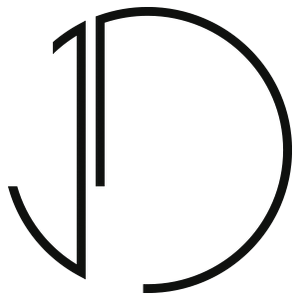
Penalty Box, 2016
info
×
Dissociated, 2023
info
×
Haze, 2023
info
×

The Eye, 2014
info
×
Eclipse, 2023
info
×

Misconstrued, 2016
info
×

Grasp, 2016
info
×

Man Drew the Man's Arm Drawing, 2019
info
×
